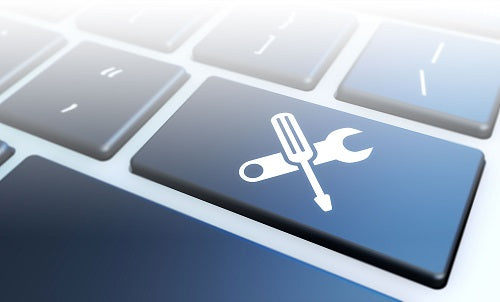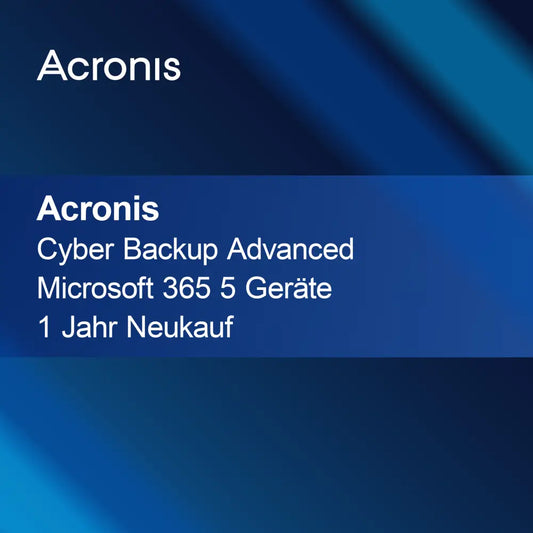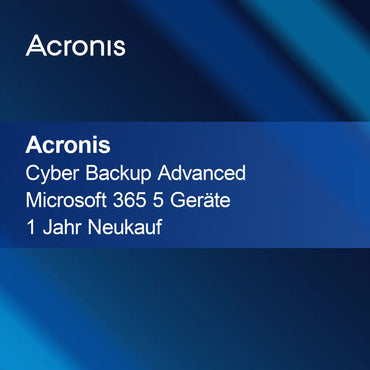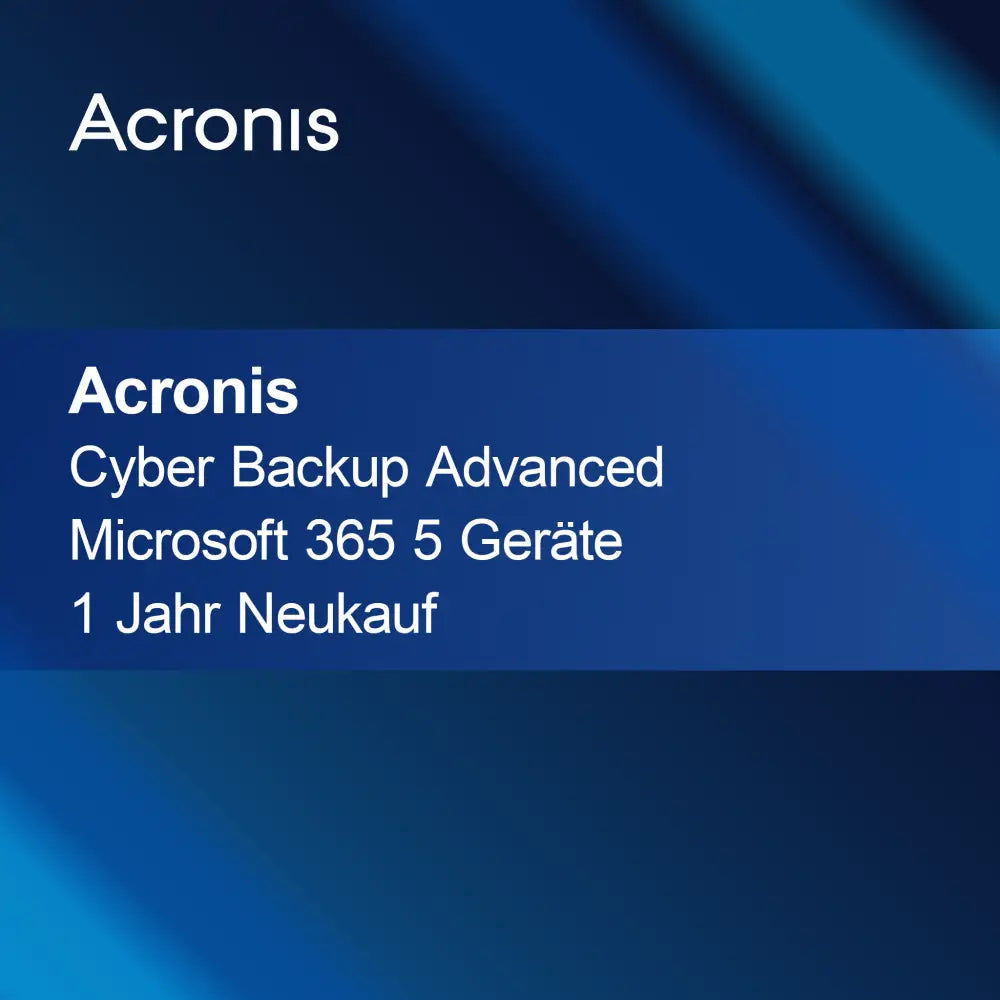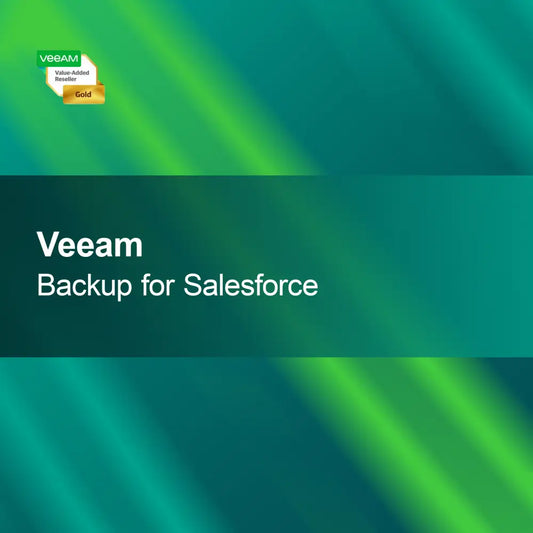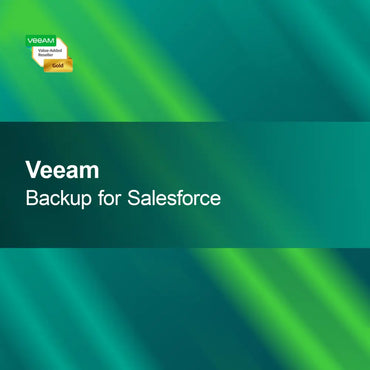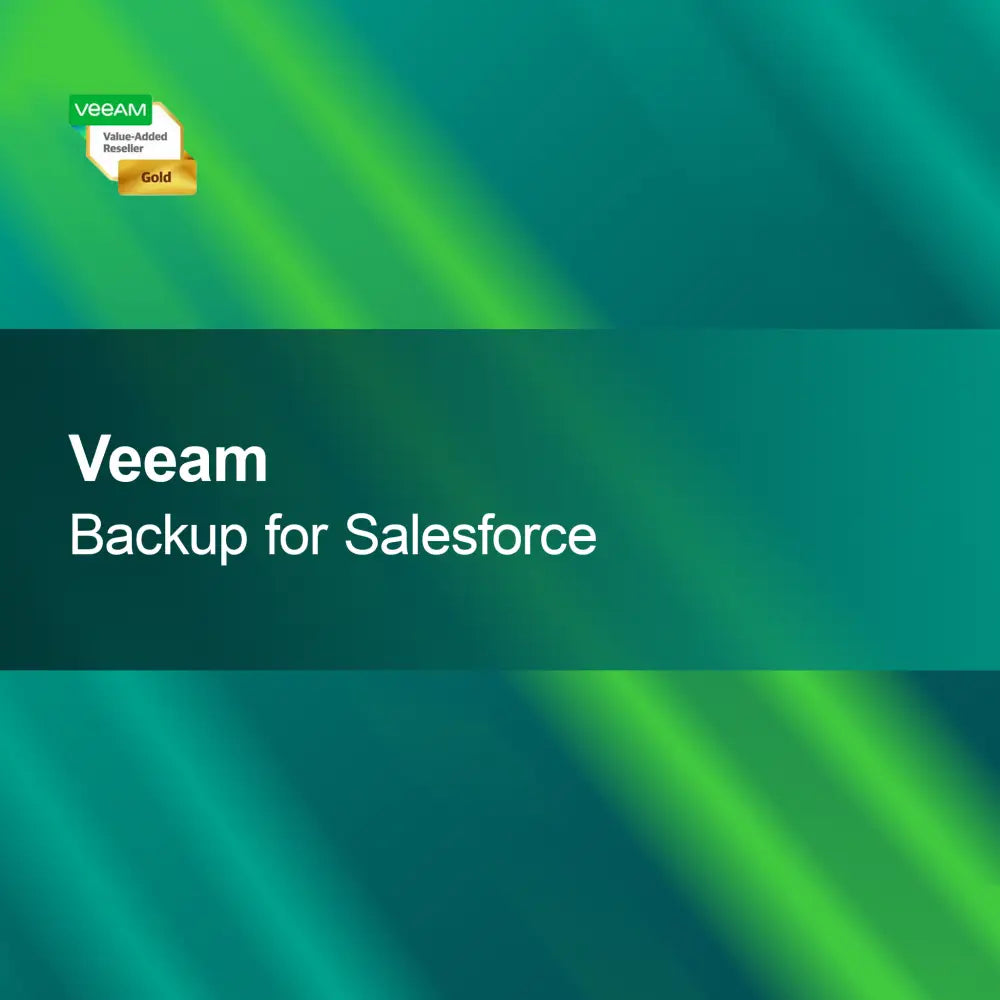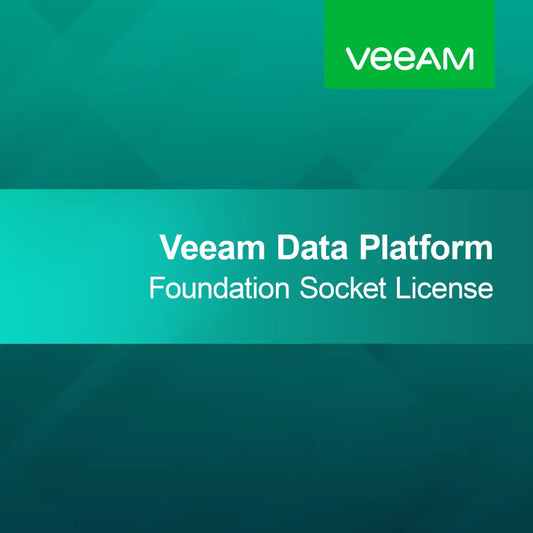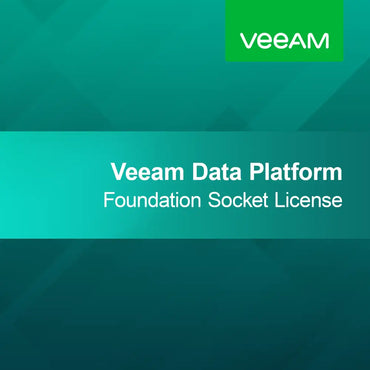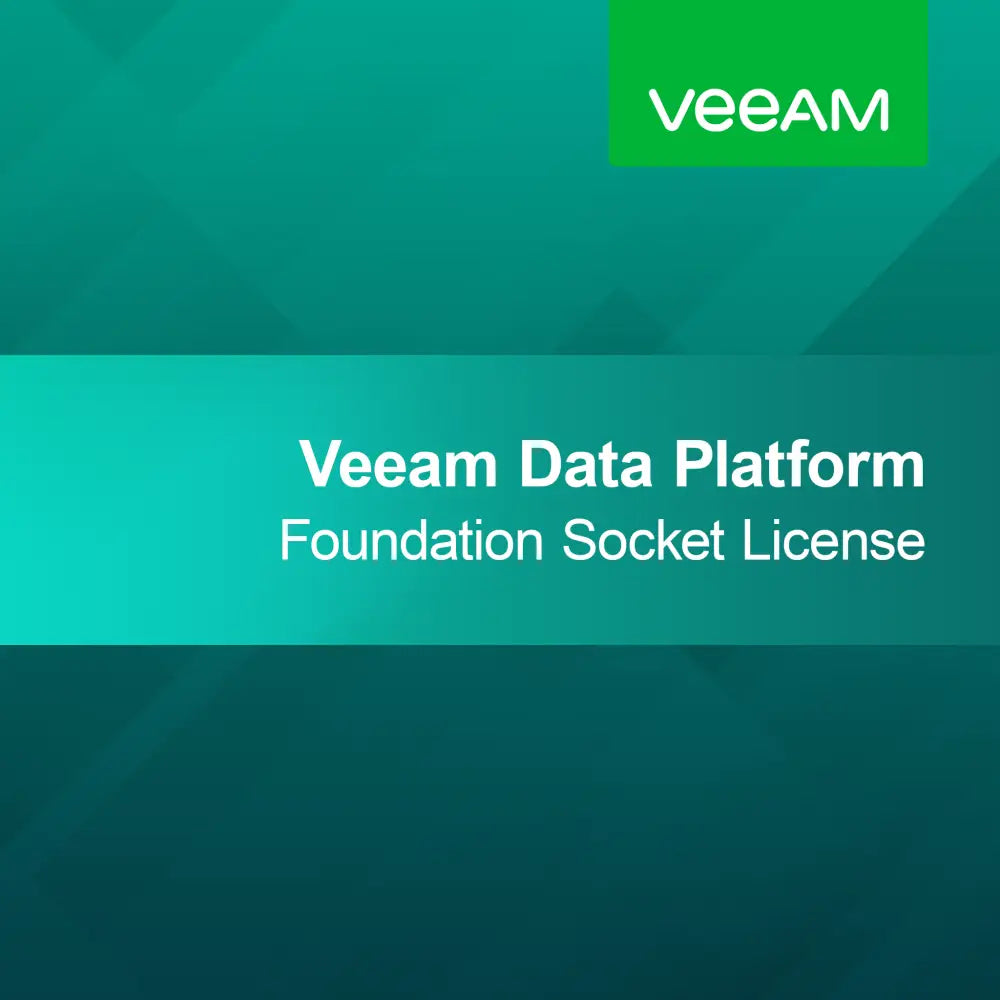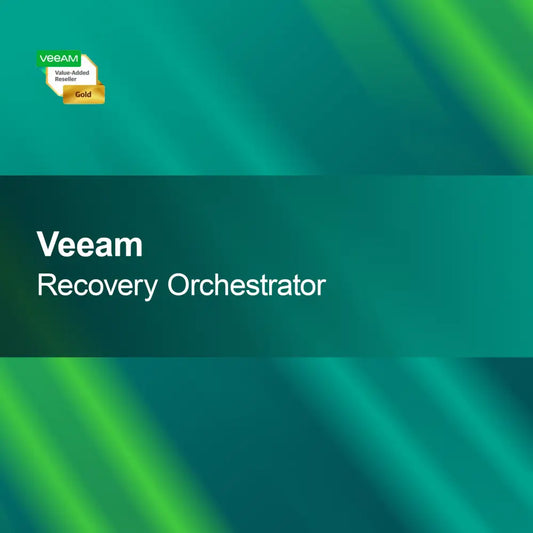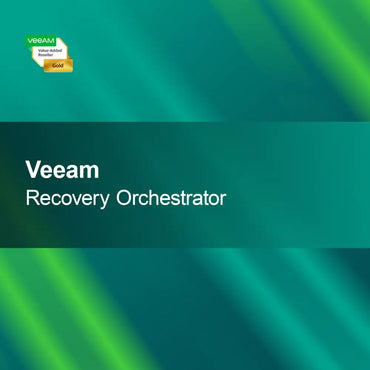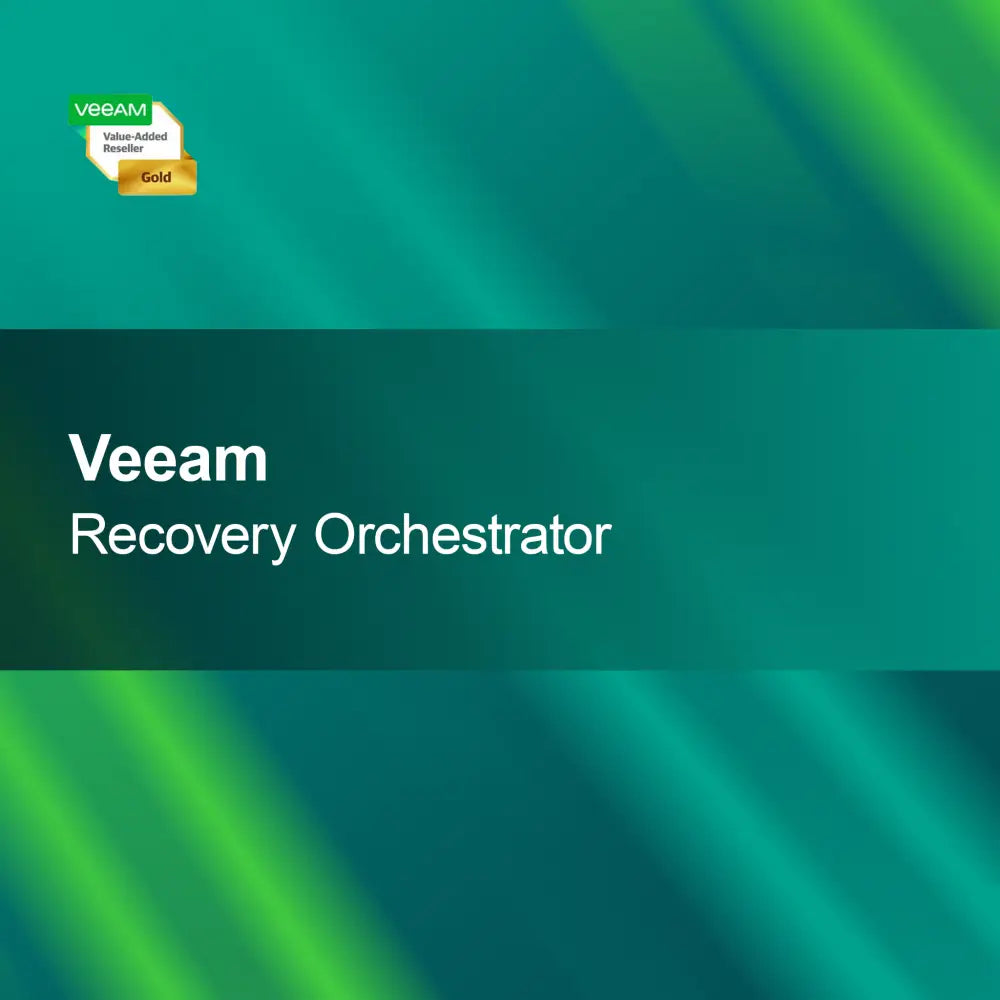-
Microsoft Exchange Server 2016 Standard, 1 User CAL
Regular price €21,95Sale price €21,95 Regular priceUnit price perMicrosoft Exchange Server 2016 Standard, 1 User CAL With the license key for Microsoft Exchange Server 2016 Standard, you get a powerful solution for email, calendar,...
-
Microsoft Exchange Server 2019 Standard, 1 Device CAL
Regular price €33,95Sale price €33,95 Regular priceUnit price perMicrosoft Exchange Server 2019 Standard, 1 Device CAL With the license key for Microsoft Exchange Server 2019 Standard, 1 Device CAL, you get a powerful and...
-
Microsoft Exchange Server 2016 Standard, 1 Device CAL
Regular price €21,95Sale price €21,95 Regular priceUnit price perMicrosoft Exchange Server 2016 Standard, 1 Device CAL Activate Microsoft Exchange Server 2016 Standard, 1 Device CAL easily with this license key and benefit from a...
-
Microsoft Exchange Server 2019 Enterprise, 1 User CAL
Regular price €39,95Sale price €39,95 Regular priceUnit price perMicrosoft Exchange Server 2019 Enterprise, 1 User CAL With the license key for Microsoft Exchange Server 2019 Enterprise, you get a powerful solution for email and...
-
Microsoft Exchange Server 2019 Standard, 1 User CAL
Regular price €33,95Sale price €33,95 Regular priceUnit price perMicrosoft Exchange Server 2019 Standard, 1 User CAL With the license key for Microsoft Exchange Server 2019 Standard, 1 User CAL you get a powerful solution...
Exchange Server CAL
What is an Exchange Server CAL?
An Exchange Server Client Access License (CAL) is a license that allows users to access the features and services of the Microsoft Exchange Server. These licenses are required to ensure that all users accessing the server are properly licensed. There are different types of CALs that can be selected depending on the specific requirements of your company.
What types of Exchange Server CALs are there?
There are mainly two types of Exchange Server CALs: the Standard CAL and the Enterprise CAL. The Standard CAL offers basic features such as email, calendar, and contacts, while the Enterprise CAL includes advanced features like Unified Messaging and enhanced security options. The choice of the right CAL depends on the specific requirements and size of your company.
How do I purchase an Exchange Server CAL?
Exchange Server CALs can be purchased through authorized Microsoft resellers or directly from Microsoft. It is important to determine the number of licenses needed based on the number of users or devices accessing the Exchange Server. Make sure to select the correct type of CAL to ensure all required features are covered.
What should I consider during installation?
When installing Exchange Server and the associated CALs, you should ensure that all users accessing the server have the appropriate licenses. It is advisable to plan licensing in advance to avoid legal issues. Additionally, you should consider the system requirements of the Exchange Server to ensure a smooth installation and usage.
- Access to email, calendar, and contacts
- Advanced features with Enterprise CAL
- Planning licensing for users and devices
How do I activate my Exchange Server CAL?
Activation of an Exchange Server CAL usually occurs through the Microsoft Licensing Service. After purchase, you receive a license key that you must use for activation. It is important to keep this key safe, as it may be needed for future installations or transfers. Successful activation ensures that all CAL features are available.
How does a CAL differ from other licenses?
An Exchange Server CAL differs from other licenses as it is specifically designed for accessing the Exchange Server. Unlike software licenses that regulate the use of an application, a CAL refers to access to server services. This means you need both a server license and the corresponding CALs to legally use the software.
What are the system requirements for Exchange Server?
To successfully install an Exchange Server, your system should meet the specific requirements, which may vary depending on the version. These typically include a supported operating system, sufficient RAM and storage space, as well as an appropriate network environment. Check the official Microsoft documentation to ensure that your system is suitable for the installation and operation of the Exchange Server.
